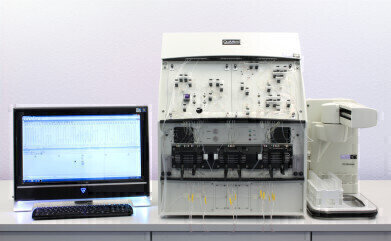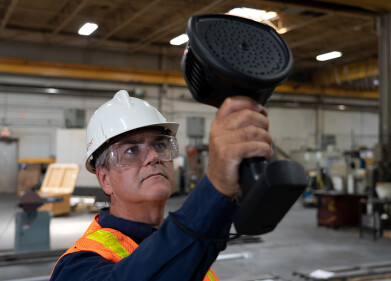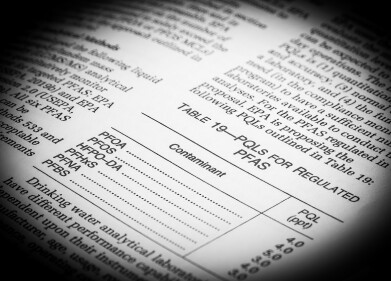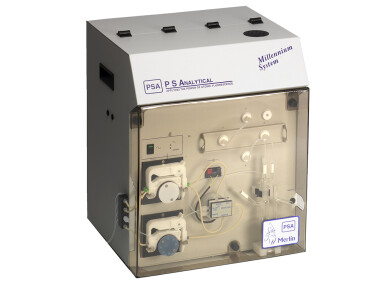Environmental laboratory
Autoanalyser Helps Protect Production Equipment
Nov 04 2012
An automated segmented flow analyser, the AA3 from SEAL Analytical (UK), is being used at BASF’s manufacturing facility at Ludwigshafen in Germany, to protect manufacturing equipment from corrosion or chemical attack from potential impurities in demineralised water, boiler feed water and steam condensate.
Roland Bruenn, who has been with BASF since 1986, is responsible for the analysis of process and environmental samples. He says “We take samples continuously, twenty four hours per day, and typically test 30 to 50 samples per day for silica, ammonium and iron. However, the AA3 has the facility to test hundreds of samples per day so we have the ability to increase the work rate if necessary. This work is extremely important for the protection of high value process equipment.”
BASF is the largest diversified chemical company in the world and the Ludwigshafen facility is the company’s largest site, employing around 30,000 staff and manufacturing a wide range of products including inorganics, nutritional goods, aromatics, plastics and crop protection chemicals. Many of the chemical reactions that take place at the plant are exothermic and water is used for cooling purposes which produces steam that is utilised in two ways. Firstly, it is used to generate electricity which improves energy efficiency, lowers the plant’s carbon footprint and saves money. Secondly, the heated water and steam is used as a heat source for other production processes.
It is vitally important that the heated water is not contaminated because this could seriously affect both the plant and the production processes. The reliability of the analytical equipment is therefore a high priority and Roland says “This was the reason for choosing the AA3; in 1991, following a trial of several products, we chose a TrAAcs 800 (Technicon/Bran+Luebbe), which performed very well and was upgraded to an AA3 in 2001. Since that time we have been very happy with the instrument’s performance; the maintenance requirement has been minimal and there have been very few down-times. We have also benefited from very short response times by SEAL’s service staff at Norderstedt.”
A key feature of the AA3 is a low detection limit for the measured species and the Ludwigshafen laboratory results typically range between 2µg/l to 5000µg/l. The analyses follow the DIN EN ISO 16264 standard for silica and the DIN EN ISO 11732 standard for ammonium, and accuracy is regularly checked by parallel manual tests.
Looking forward, the AA3 is being replaced by a new QuAAtro, which is the latest segmented flow analyser with ultra-low detection limits and high reproducibility. The AA3 will then be moved to a different laboratory and utilised for testing ammonia in wastewater.
Digital Edition
AET 28.4 Oct/Nov 2024
November 2024
Gas Detection - Go from lagging to leading: why investment in gas detection makes sense Air Monitoring - Swirl and vortex meters will aid green hydrogen production - Beyond the Stack: Emi...
View all digital editions
Events
Jan 20 2025 San Diego, CA, USA
Carrefour des Gestions Locales de L'eau
Jan 22 2025 Rennes, France
Safety, Health & Wellbeing LIVE
Jan 22 2025 Manchester, UK
Jan 25 2025 San Diego, CA, USA
Jan 29 2025 Tokyo, Japan



















